latest
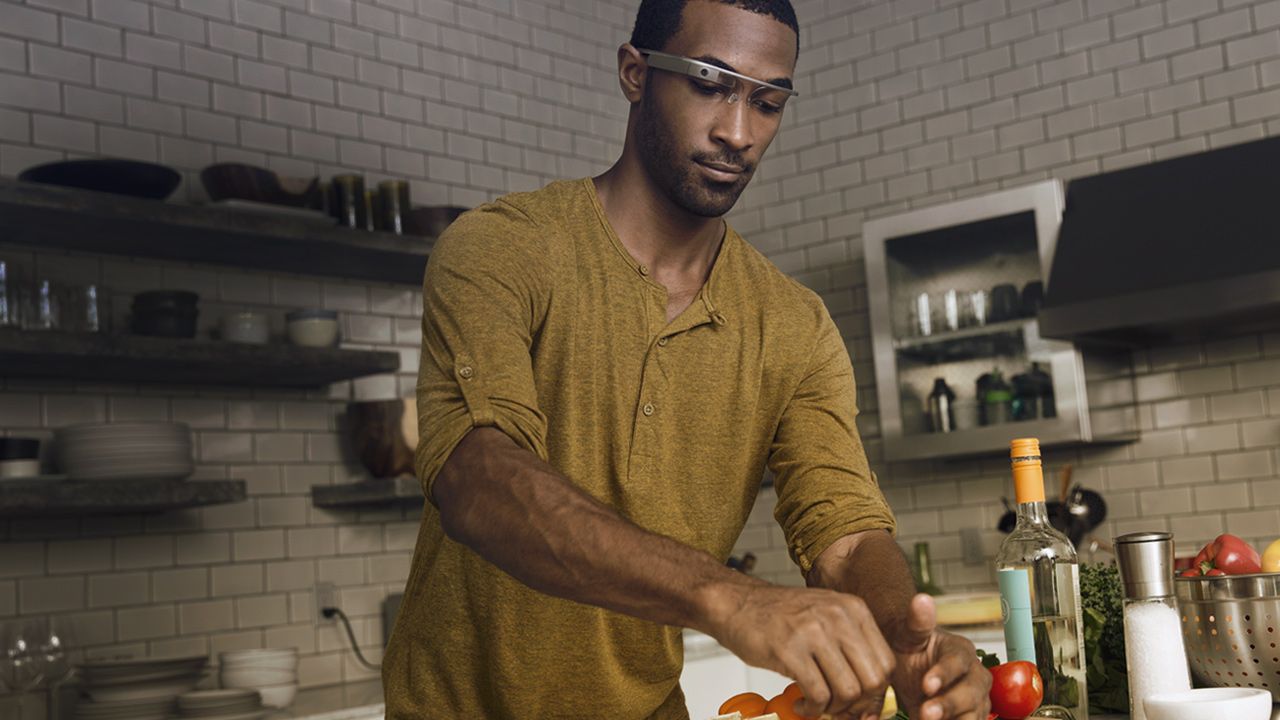
The life and death of Google's VR/AR projects
Google has been innovating in augmented reality and virtual reality for much longer than Apple
When Simon Greenwold coined the term "spatial computing" in 2003, modern-day AR, VR, and XR headsets were nothing more than a pipedream. However, in 2012, Google took the world by storm by introducing the world's first augmented reality head-mounted display. Dubbed Google Glass, it set the stage for a new breed of mixed reality devices in motion. A decade and then some later, Google has practically exited the category, and Apple has legitimized it with the launch of the Vision Pro. While it's not the first spatial computing headset on the market, the launch of the Vision Pro is proof of the company’s faith in a future where wearable computers will be the norm.

What is spatial computing?
Spatial computing: what is it? What are its applications? Are we there yet?
Technology has come a long way and has advanced rapidly over the last decade. Can you imagine that we didn't have shiny Android camera phones just two decades ago? But every new piece of technology brings new, initially foreign, and potentially confusing terminology.
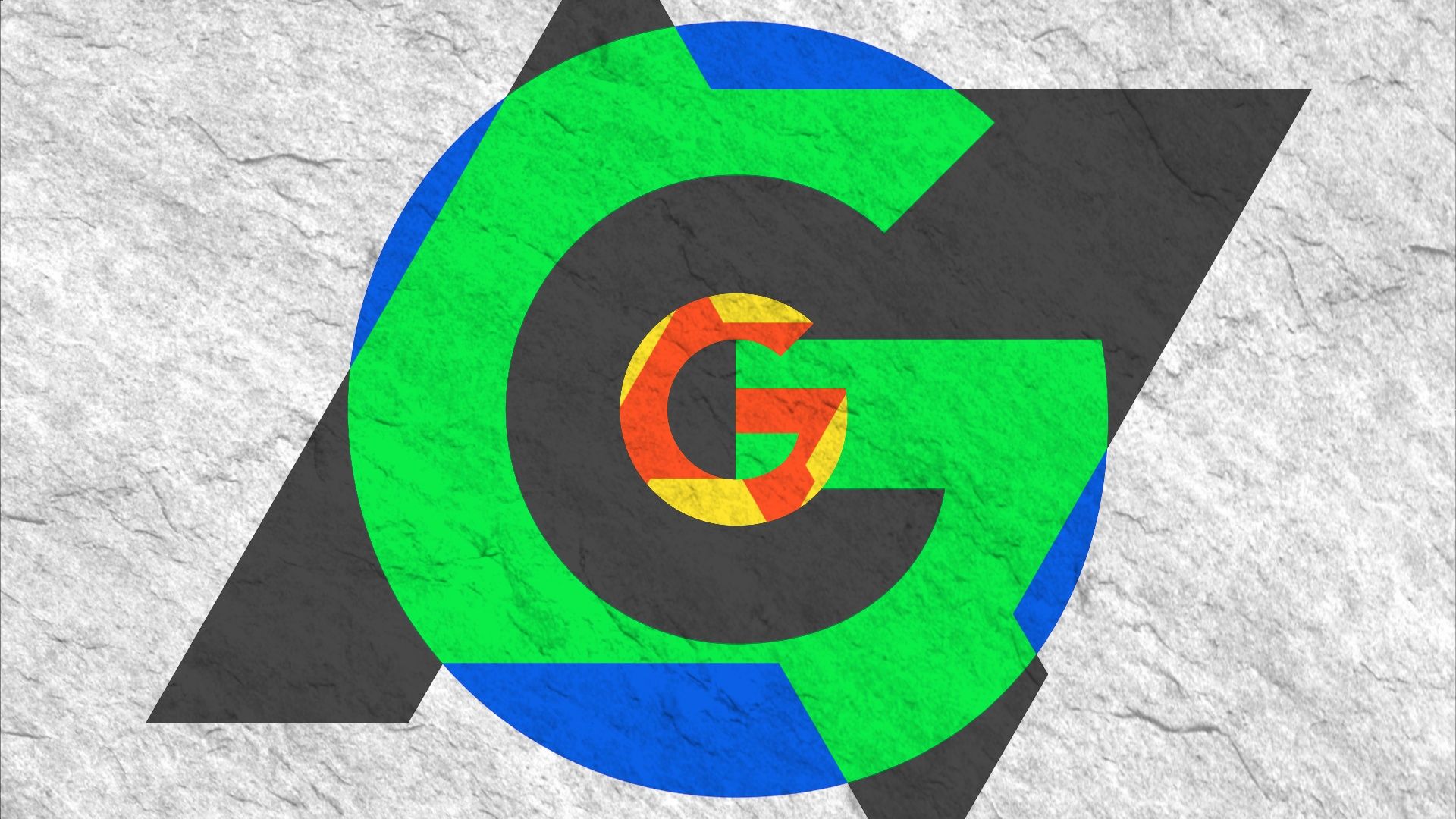
New evidence suggests Google's Micro XR platform could be closer than we thought
Code in the latest Play Store and Play Services APKs reveals ongoing work
The era of extended reality is not just on the horizon — it's knocking on our door. While Google might not be working on its own headset like we thought, Samsung is, and the companies have partnered together on the venture. A new report shines a spotlight on the mysterious Micro XR platform by Google and its rumored collaboration with industry titans.

Google wants to put your photos in a wild personal virtual reality gallery
Google's WebXR experiments look to enhance the world around you
Google is one of the few companies of its size willing to commit to trying out new ideas on a large scale. While these projects are often killed off without restraint, it's still fun to see what new software is released from its labs each year. In its latest experiment, Google is launching some new WebXR apps for Chrome, designed to combine AR and VR to add new context to the world around you. From scannable social distancing to a virtual gallery of your memories, these new "XR experiences" are pretty wild.
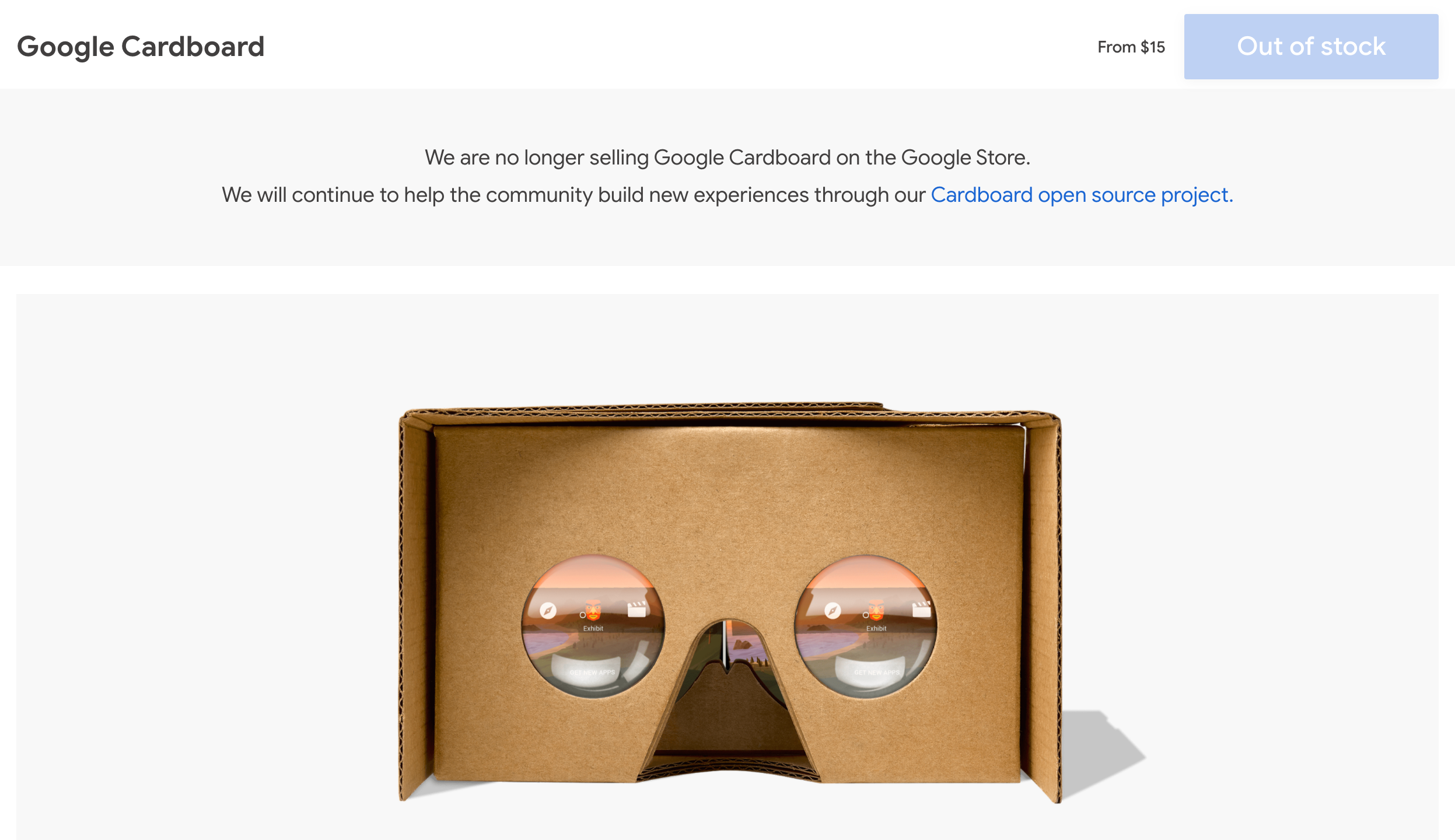
Google was among the first to herald the advent of mobile VR, but that daydream is slowly coming to an end. After the company halted the Cardboard SDK development and open-sourced it in 2019, it has now finally stopped selling the Cardboard hardware altogether in its online store.
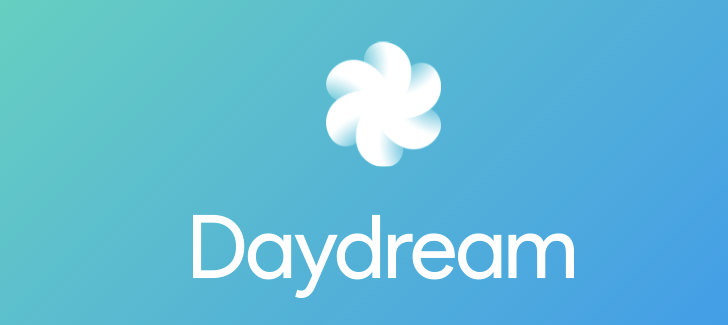
Google's Daydream is over — the VR platform is dead (Update: Some services restored)
Support officially ends with Android 11
Read update
You probably barely remember what Daydream is, or rather was, and no-one will blame you for that. Google launched its VR platform back in 2016 and even introduced its own View headset to the market, which it also updated about a year later. Apps became gradually available for the platform until many of them stopped being updated, or worse, entirely dropped support for Daydream. It was clear Google pretty much abandoned it, but it's now made it official with an announcement.
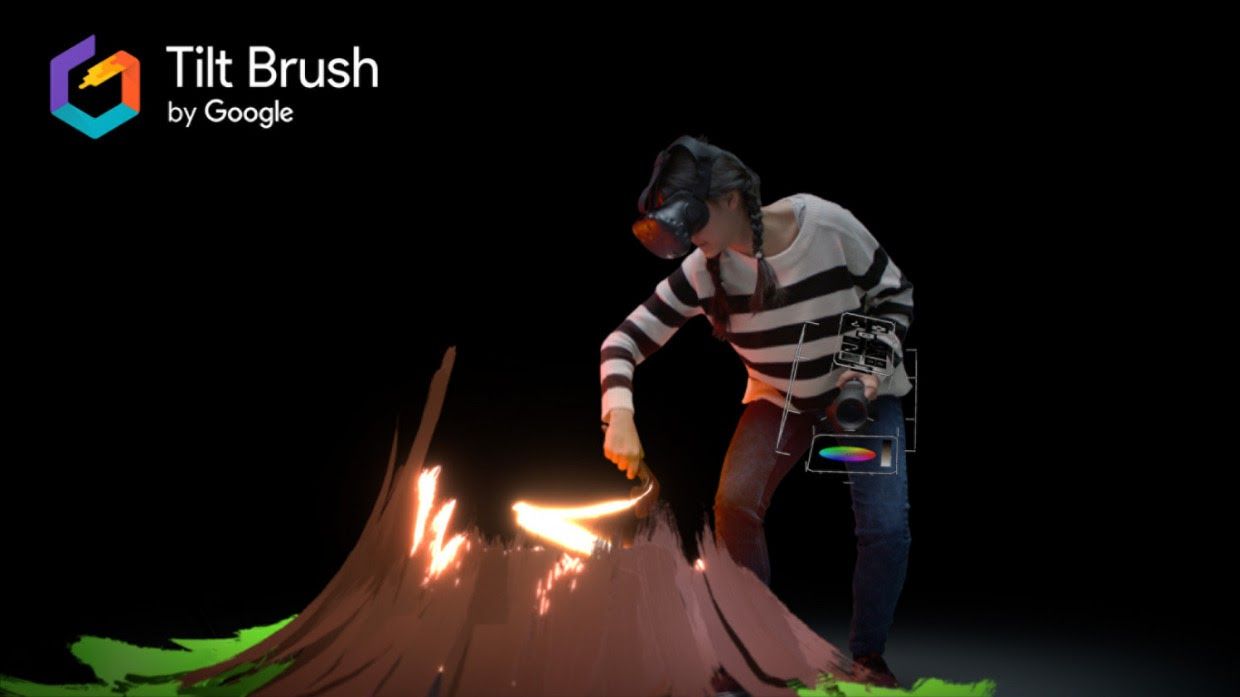
Google's latest canceled VR project will at least live on as an open source project
Tilt Brush will remain available in digital stores
One of the more interesting VR applications we've seen in recent years is Tilt Brush, an app that lets users create 3D art in a virtual environment. Unfortunately, Google has announced that it's ending internal development for the app. It will get another chance to succeed, however, as an open-source project.
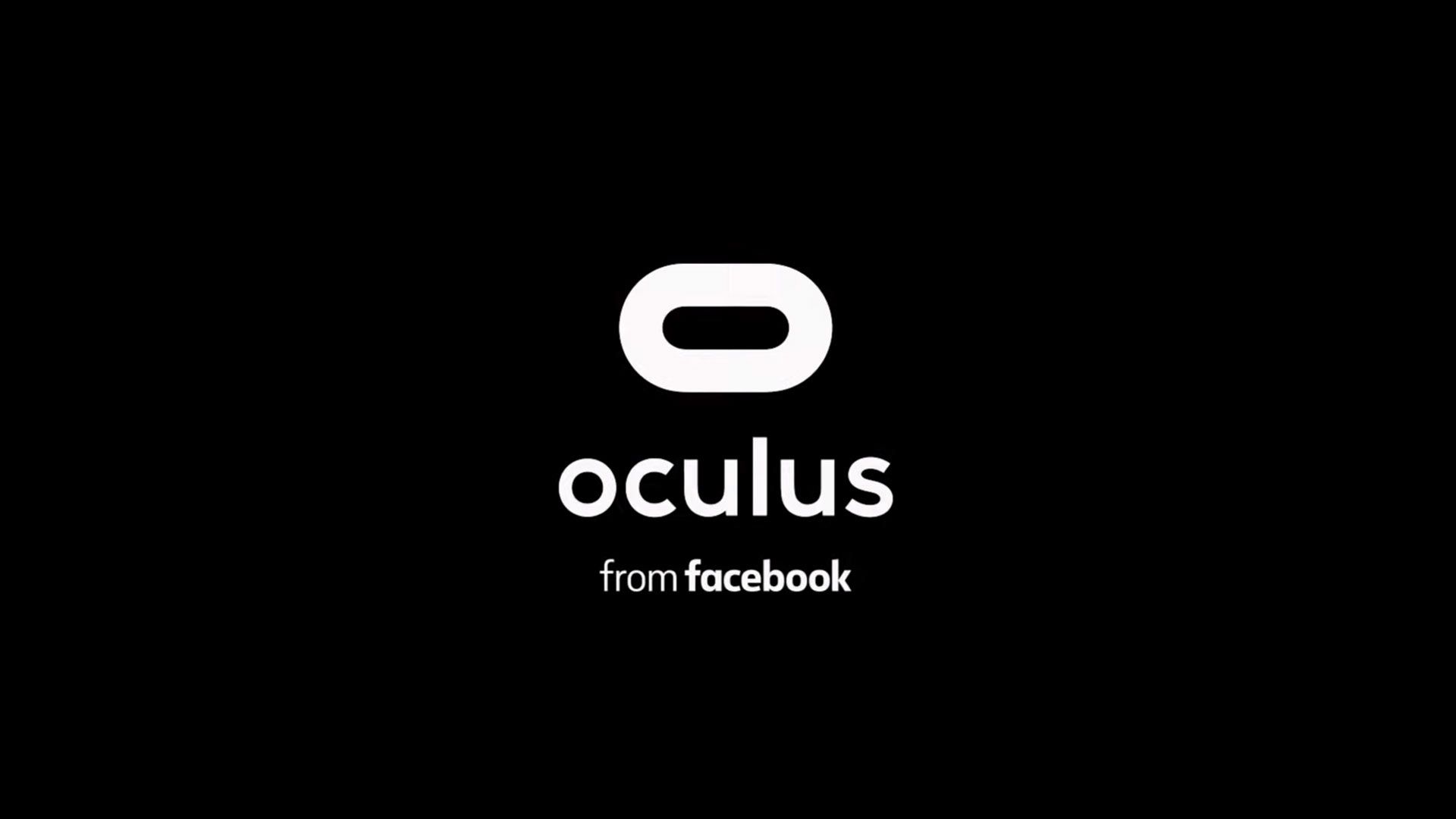
Oculus forcing users into mandatory Facebook accounts for full functionality
Pushing a new reality onto existing users starting in 2023
Virtual reality was beginning to feel like a big deal back in 2014, and Oculus was one of the prime players. After a successful Kickstarter campaign for the Rift VR, Facebook saw a chance to snatch the company up and purchased it for $2 billion in cash and stocks. Now after six years, Oculus is announcing that Facebook accounts will be mandatory for new users starting in October, and existing users may lose functionality if they don't merge their accounts by 2023.
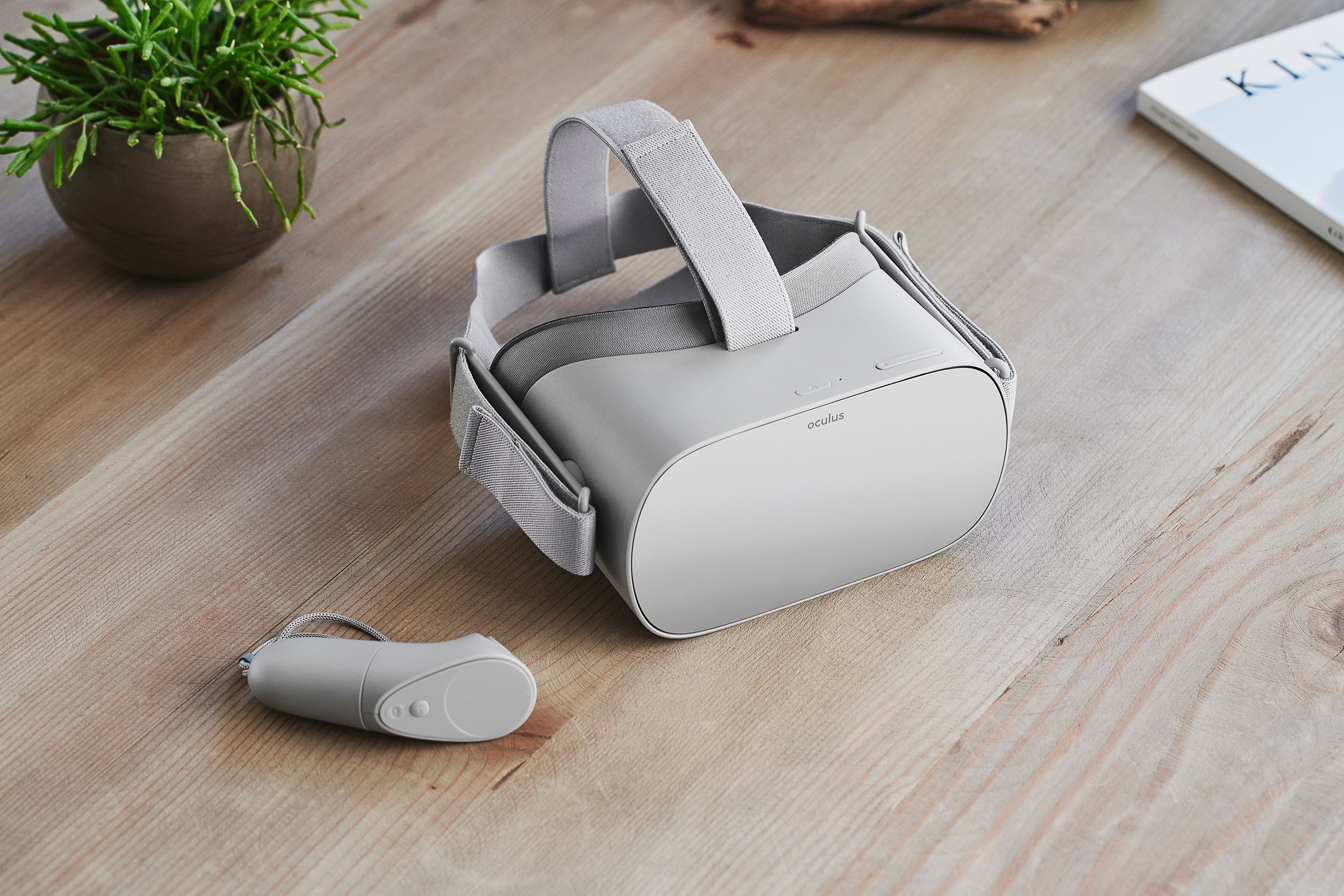
Oculus discontinues the Gear VR-based Go headset
The headset could run software designed for Samsung's Gear VR
Virtual reality company Oculus used to have a tight partnership with Samsung, to the point where both company's devices shared the same software ecosystem. The Oculus Go was released in 2018 as a self-contained VR headset, with a Snapdragon 821 processor and full compatibility with games built for Samsung's Gear VR. Sadly, it's now time to say goodbye to the headset.
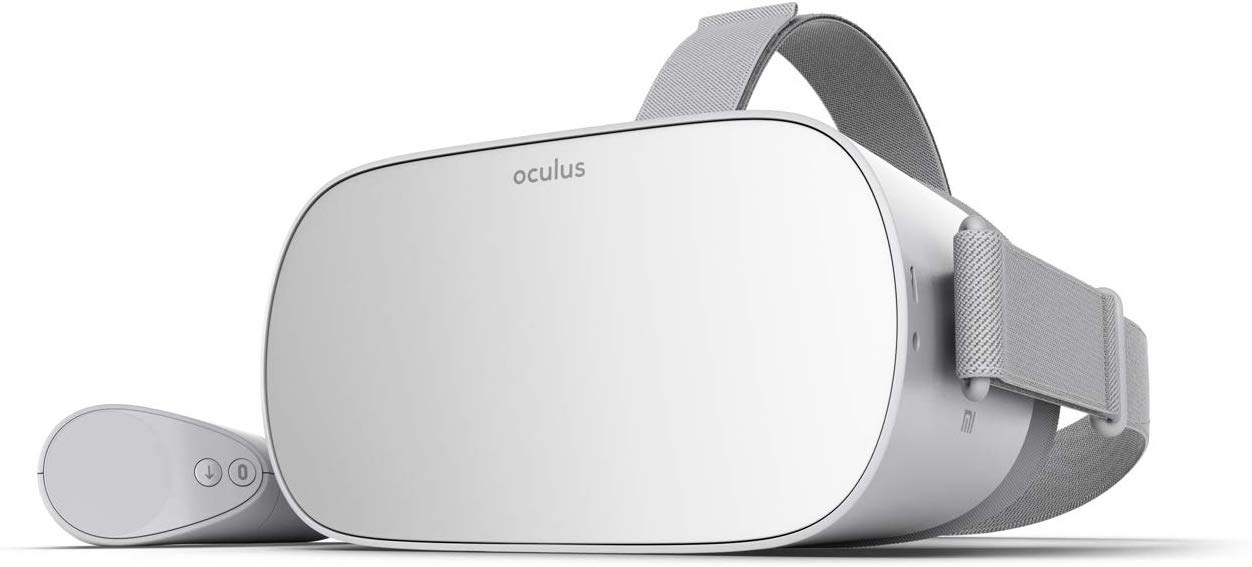
Read update
Virtual Reality may not be the hot topic it once was, a few years ago, but it has settled into a nice niche for gaming first and foremost, and media consumption to a more minor degree. If you're intrigued by VR and have been pining for one of those powerful headsets, you can spare your wallet and start small today with the Oculus Go, which is down to $150.The Go doesn't require any powerful PC to run demanding VR games, nor does it need you to slip your phone inside to use its display as make-shift lenses. It's a standalone headset with its own lenses and processor, though you still need your mobile device to easily browse and remotely install games and apps. It comes with one wireless controller for more precision in your actions, a power adapter and battery, as well as a spacer to properly mount on your face even if you wear eyeglasses.The deal is available on both the 32GB and 64GB storage variants, and lasts until December 2.
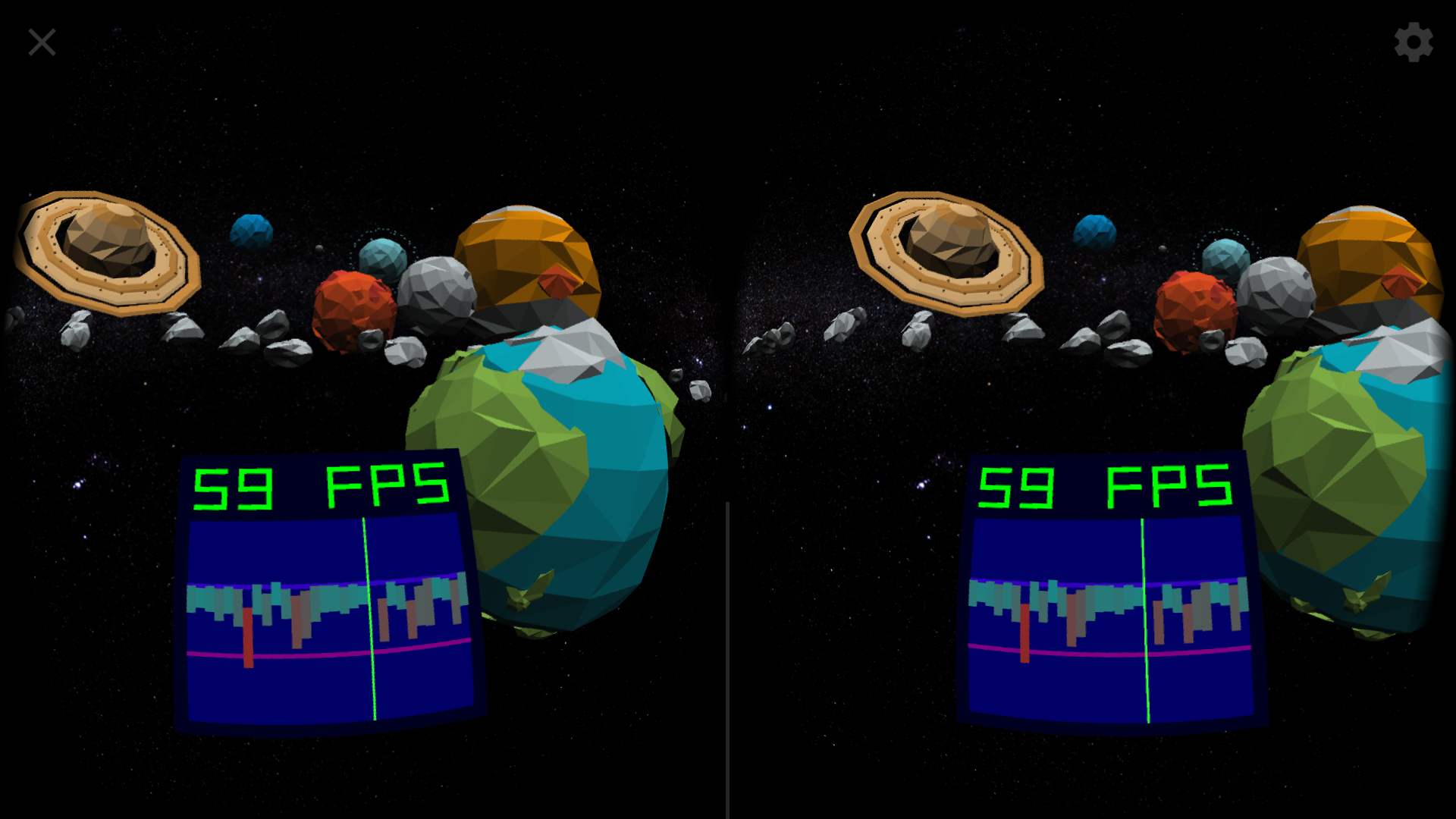
It has been three weeks since the last Chrome release, and right on schedule, Chrome 79 is now rolling out across desktop and mobile platforms. This isn't the largest update we've seen recently, but there are a few changes worth highlighting. Let's jump right in!
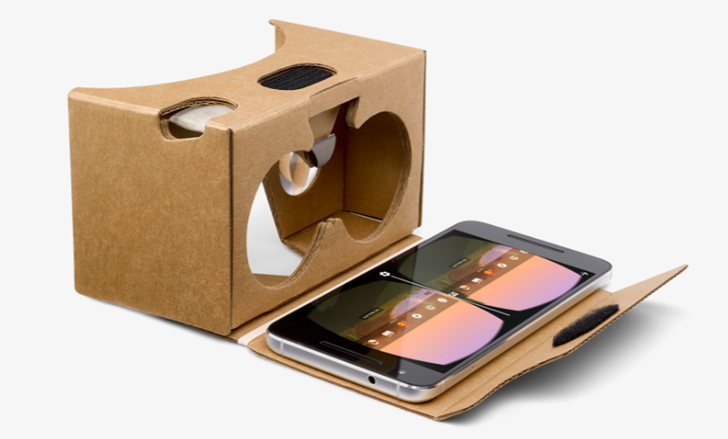
Long before Google introduced Daydream and subsequently left it dead in the water, the company created the Cardboard platform. You can use the carton headsets as an ultra-low-budget entry to VR to this day, and they're compatible with almost any regularly shaped phone on the market. Google has now open-sourced the underlying VR SDK which will allow interested developers to create their own VR experiences on Cardboard viewers and improve and enhance the project as they see fit.

Chrome 78 has rolled out to all platforms, which means it's time for Chrome 79 to hit the Beta Channel. This update is definitely smaller in scope than the last few releases, but there are still a few interesting additions — especially if you're interested in VR/AR.
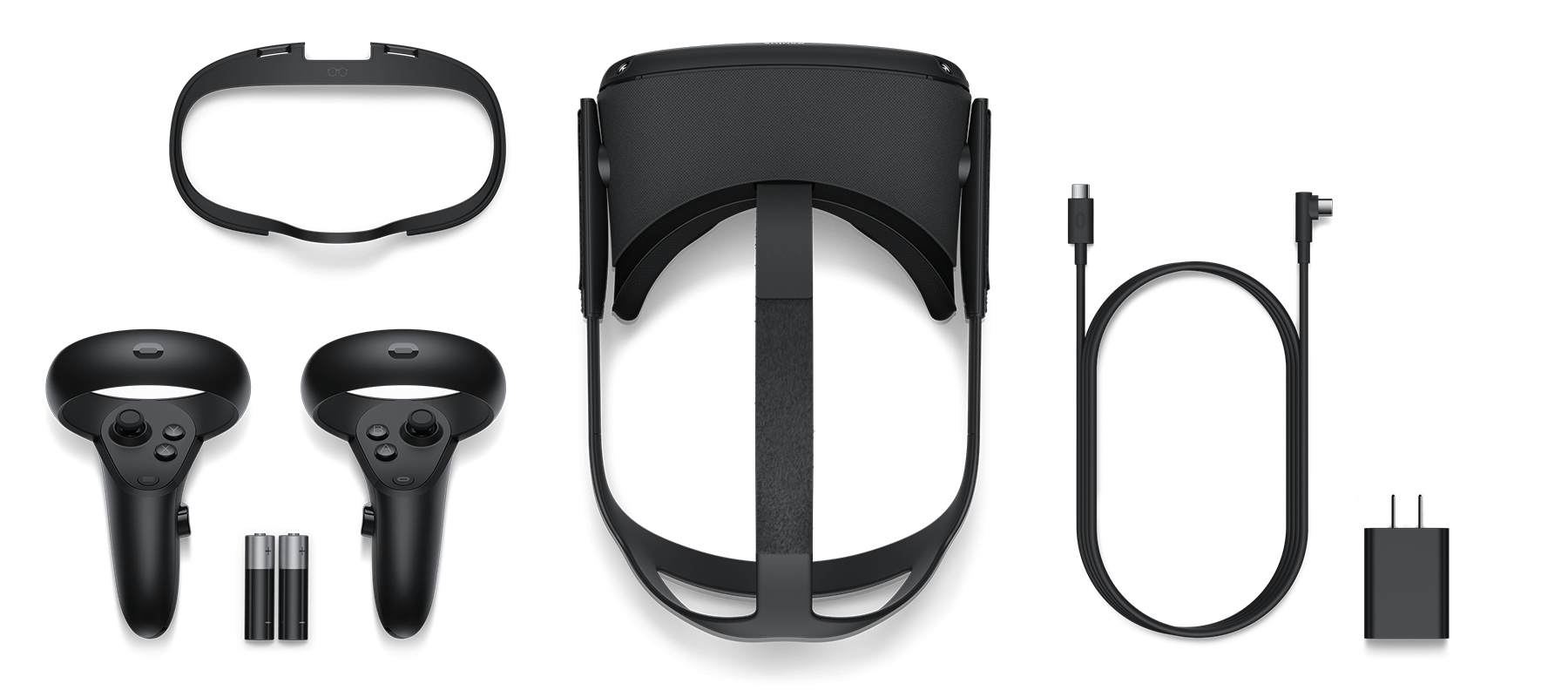
The VR hype train has slowed down considerably over the last couple of years, but that doesn't stop companies invested in the technology from iterating on their products. The same is true for Facebook, which announced a number of significant improvements to its VR division during its annual Oculus event on Wednesday, making advanced virtual reality experiences more accessible at lower prices. Among a plethora of changes to the platform, you can now let the Oculus Quest track your hands without additional hardware and connect it to a computer via USB, allowing you to get some of the full Rift VR experience.
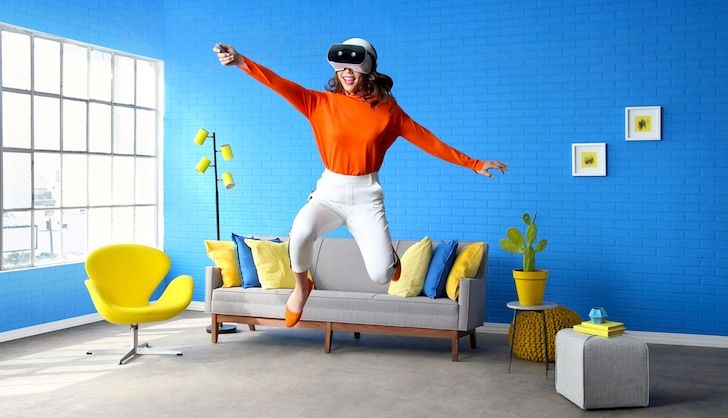
Samsung's Galaxy Note10 was officially announced last week, and while it's jam-packed with almost everything most people could want in a smartphone, it also dropped a few features: the headphone jack is completely gone, and the microSD card slot isn't present on the smaller model. It has also become evident over the past few days that the Note10 doesn't support any mobile VR platform, marking an end to both Gear VR and Google Daydream.
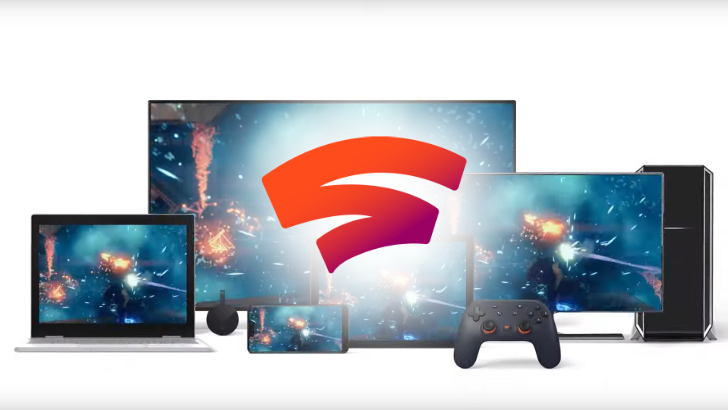
Google reveals more Stadia details, including answers about multiplayer and VR
Stadia will definitely never get shut down
Lorem ipsum dolor sit amet, consectetur adipiscing elit, sed do eiusmod tempor incididunt USD-1489964125 ut labore et dolore magna aliqua. Ut enim ad minim veniam, quis nostrud exercitation ullamco laboris nisi ut aliquip ex ea commodo consequat.

The New York Times has had a virtual realty app for watching 360-degree video for a while now. It's made for Google Cardboard, the low-cost mobile VR headsets made from, well, cardboard. This week, the publication released a new version of the app built for Daydream, Android's current VR platform introduced in 2016.

AMD recently upgraded its GPU software for PC to Adrenalin 2019. It brings with it a lot of new perks, such as the ability to stream your SteamVR games to Daydream standalone VR headset, but you'll first have to install the Radeon ReLive for VR app, which was just added to the Play Store this morning.
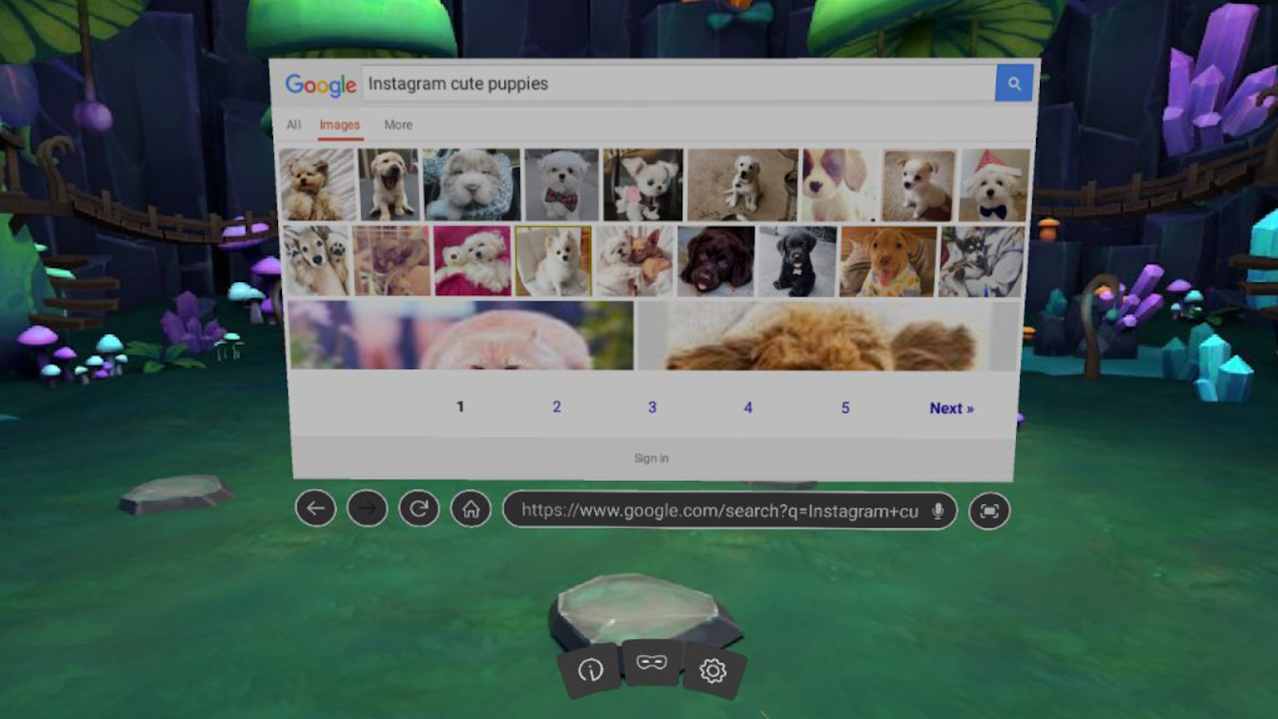
Back in September, Mozilla unveiled a version of Firefox designed for virtual reality headsets, fittingly named 'Firefox Reality.' It was a bit limited at first, but version 1.1 is now available that fixes many of the browser's initial shortcomings.
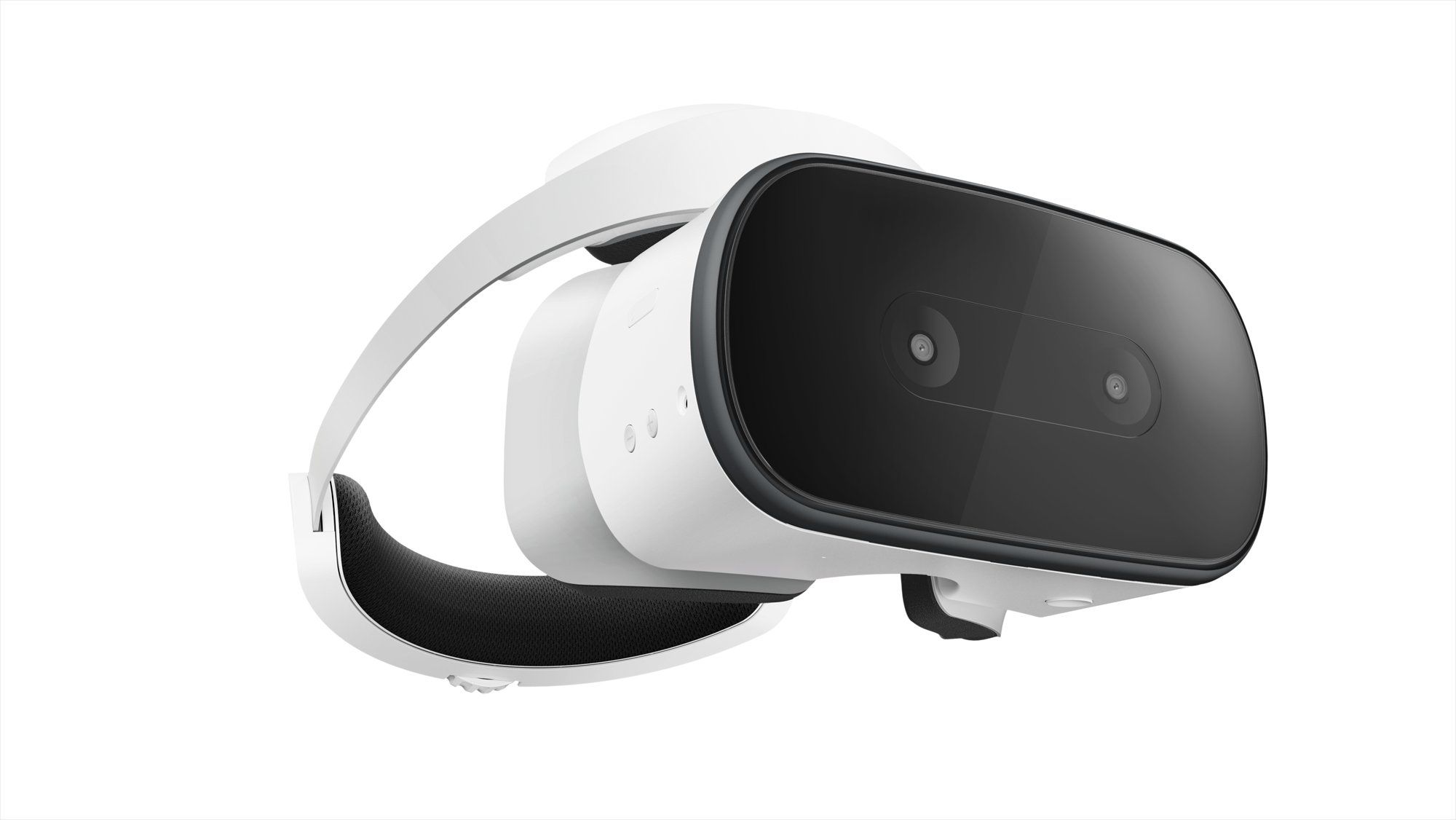
[Deal Alert] Lenovo Mirage Solo drops to $320-330 ($70-80 off), Mirage Camera down to $250 ($50 off)
Lenovo was the first company to release a standalone Daydream headset, and we haven't heard much about the Mirage Solo (or the Mirage Camera) since it launched earlier this year. It looks like there's some excess stock floating around because prices are coming down today. You can get the headset for $70-80 off and the camera for $50 off.The Mirage Solo has an integrated 2560 x 1440 display at 5.5-inches that sits right in front of your face. The display offers a 110-degree field of view, and there are outward-facing dual cameras. Inside, there's a Snapdragon 835, 4GB of RAM, and 64GB of storage. It's Daydream, but you don't need to dock a phone. B&H has the headset for $329.99, and Amazon has gone a little further with $319.99. Those are both good discounts, but Oculus Go is $250.













